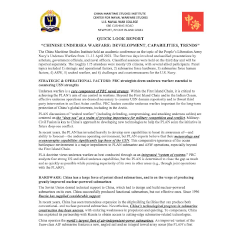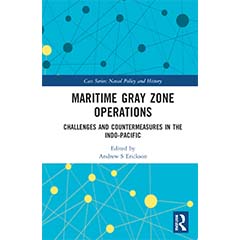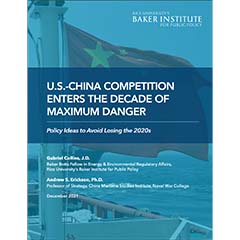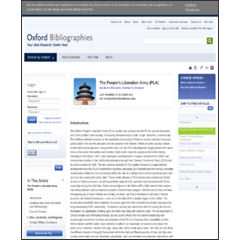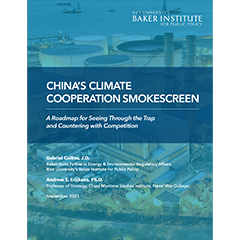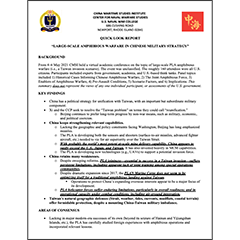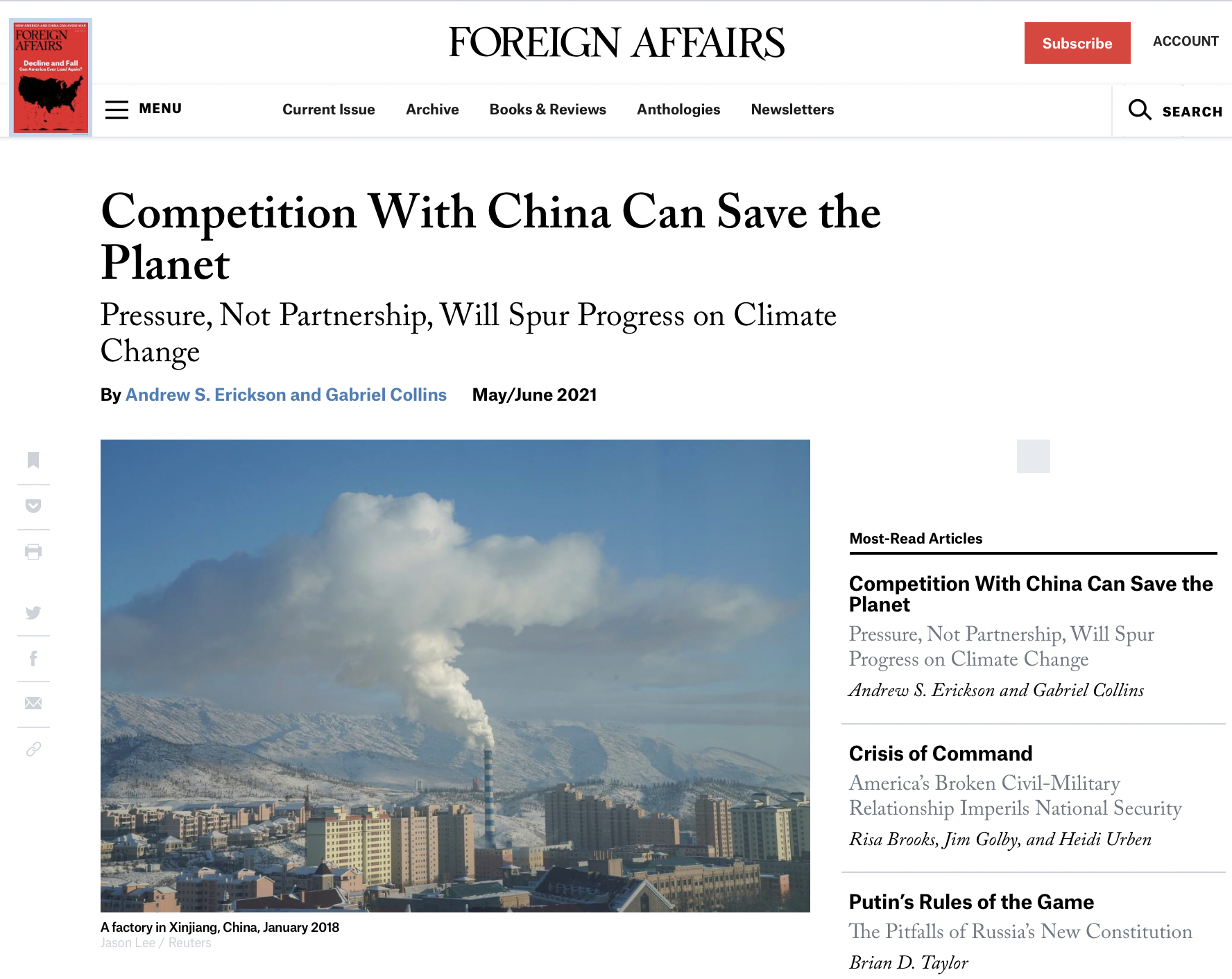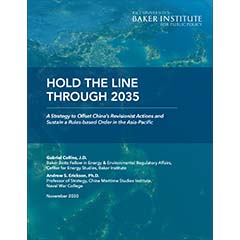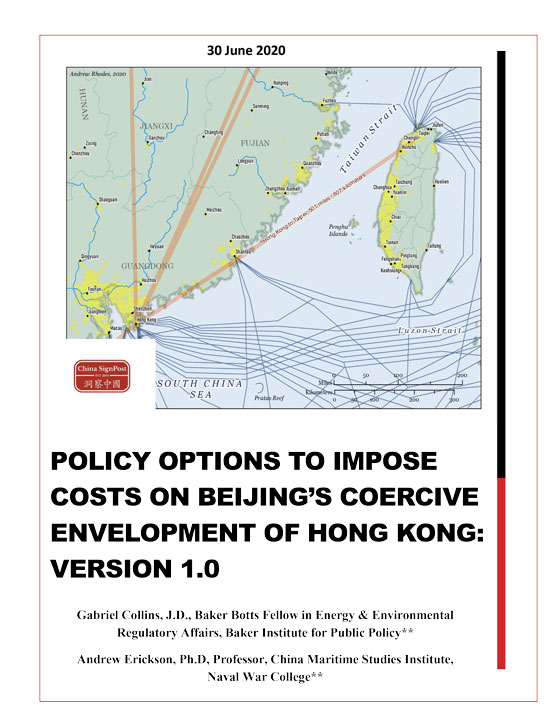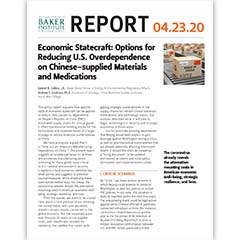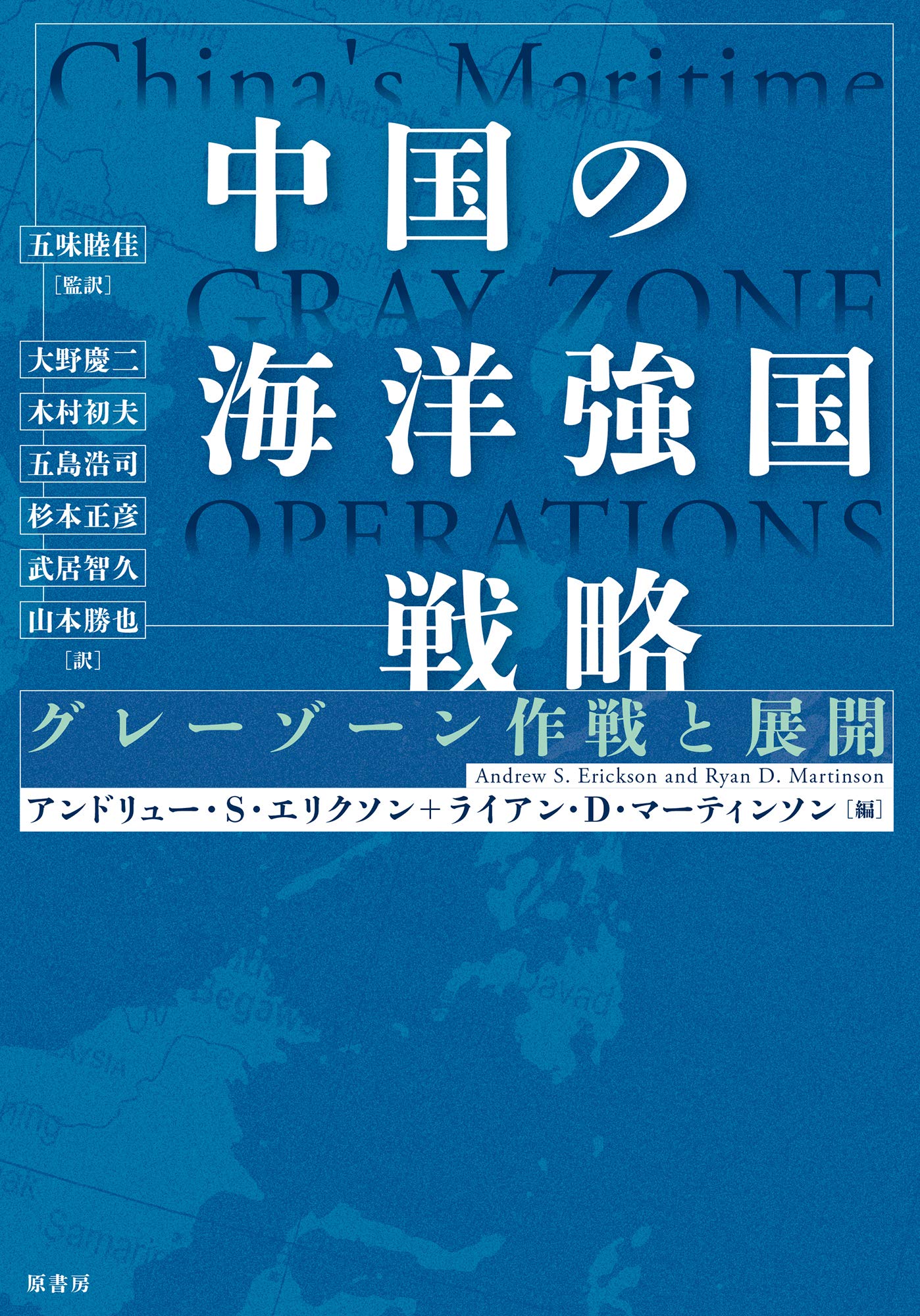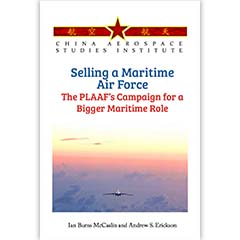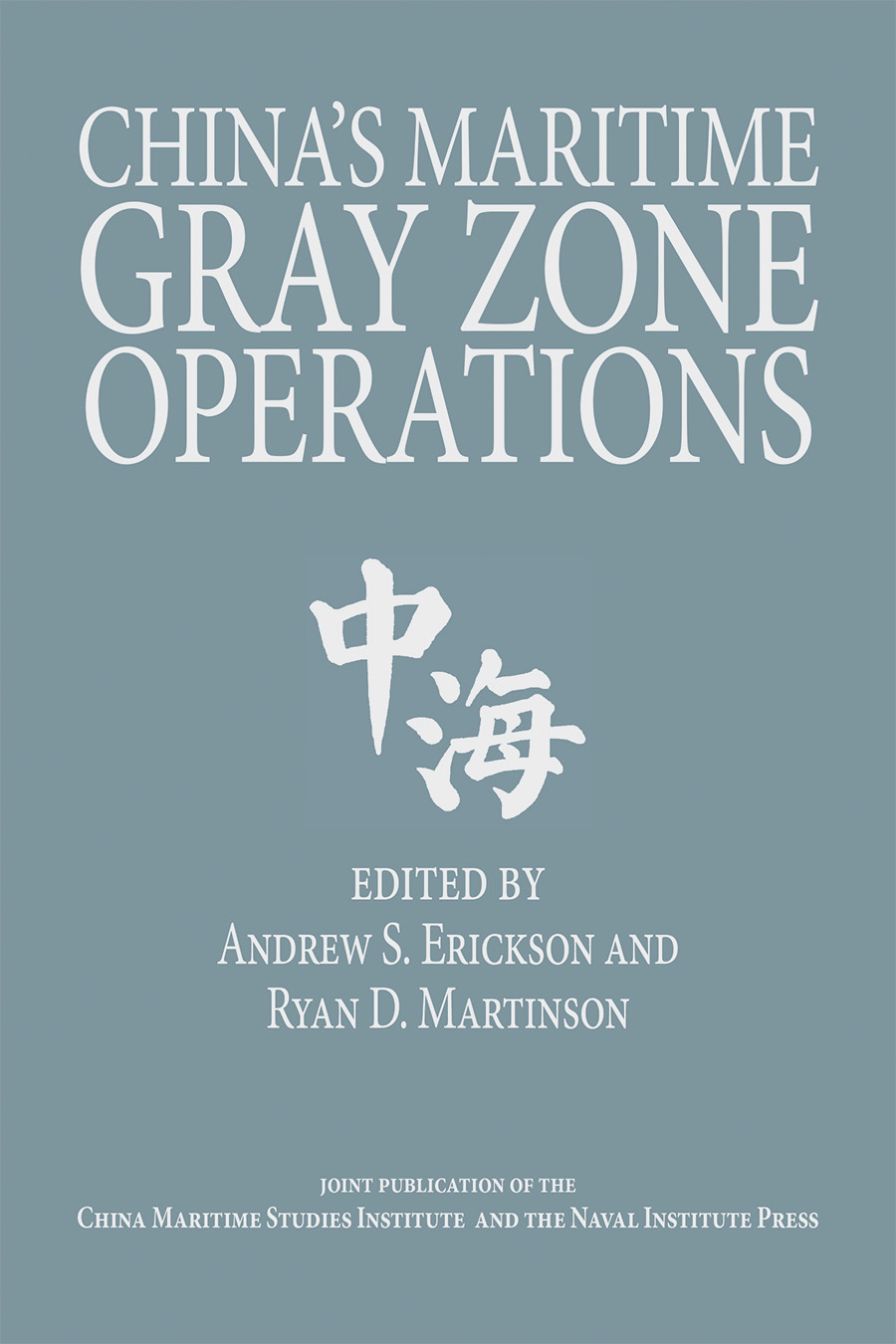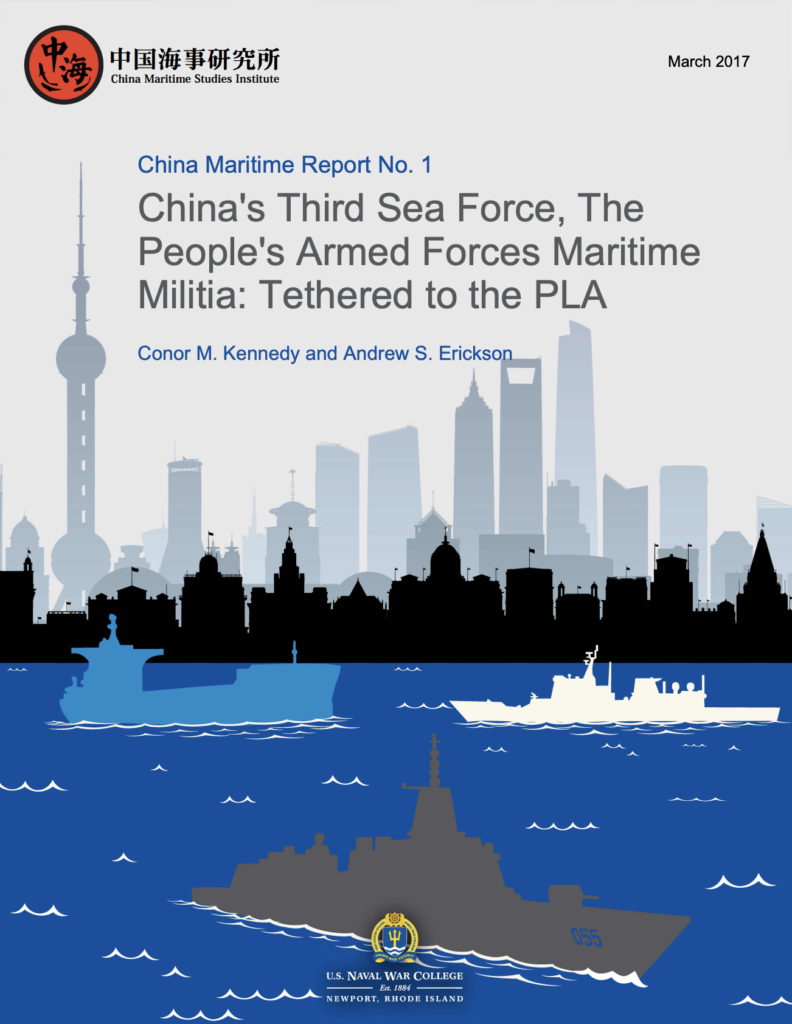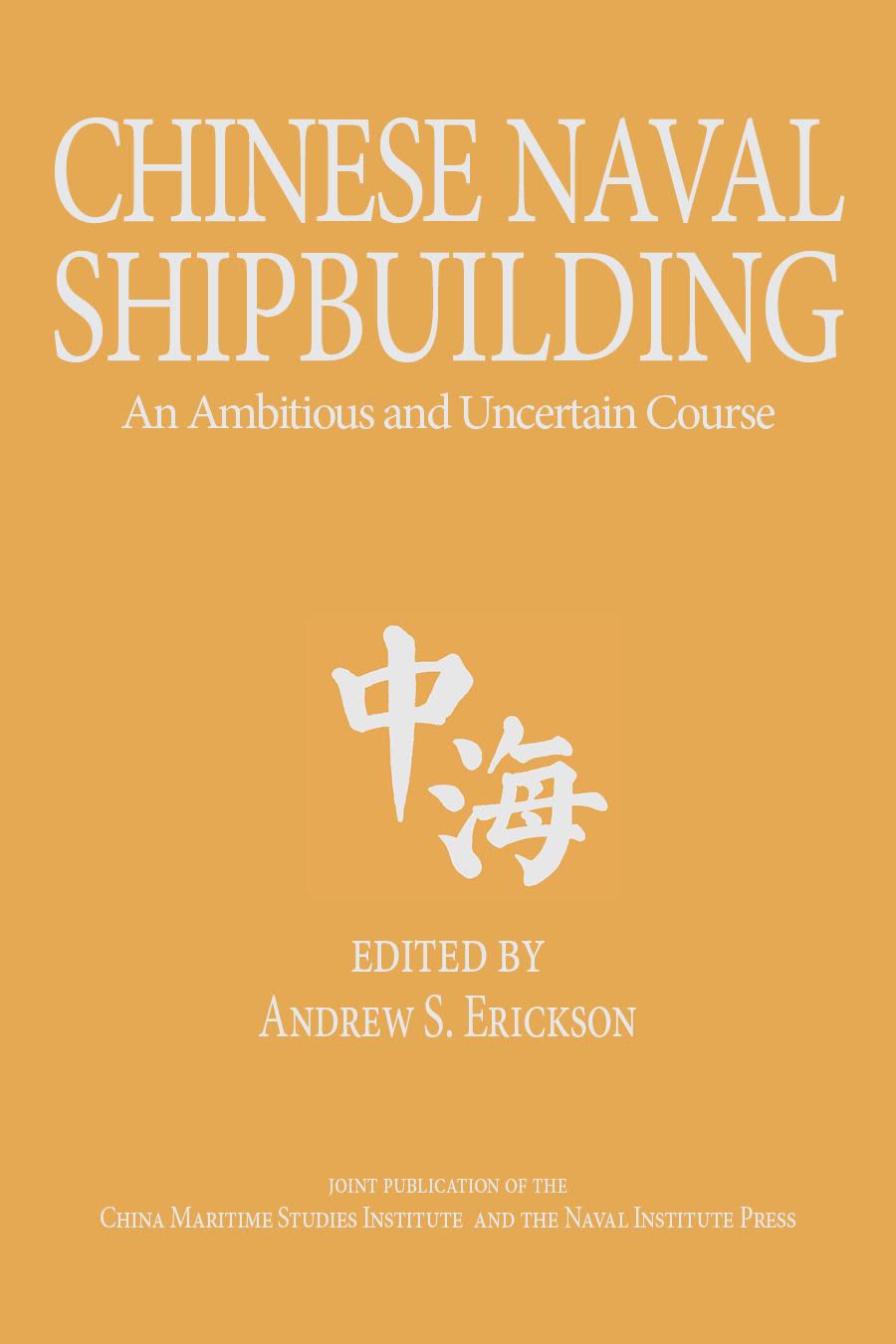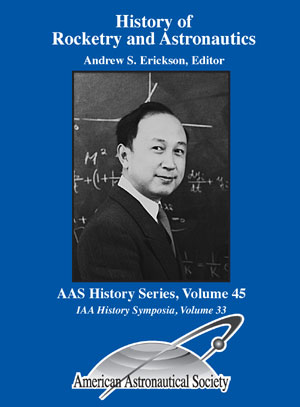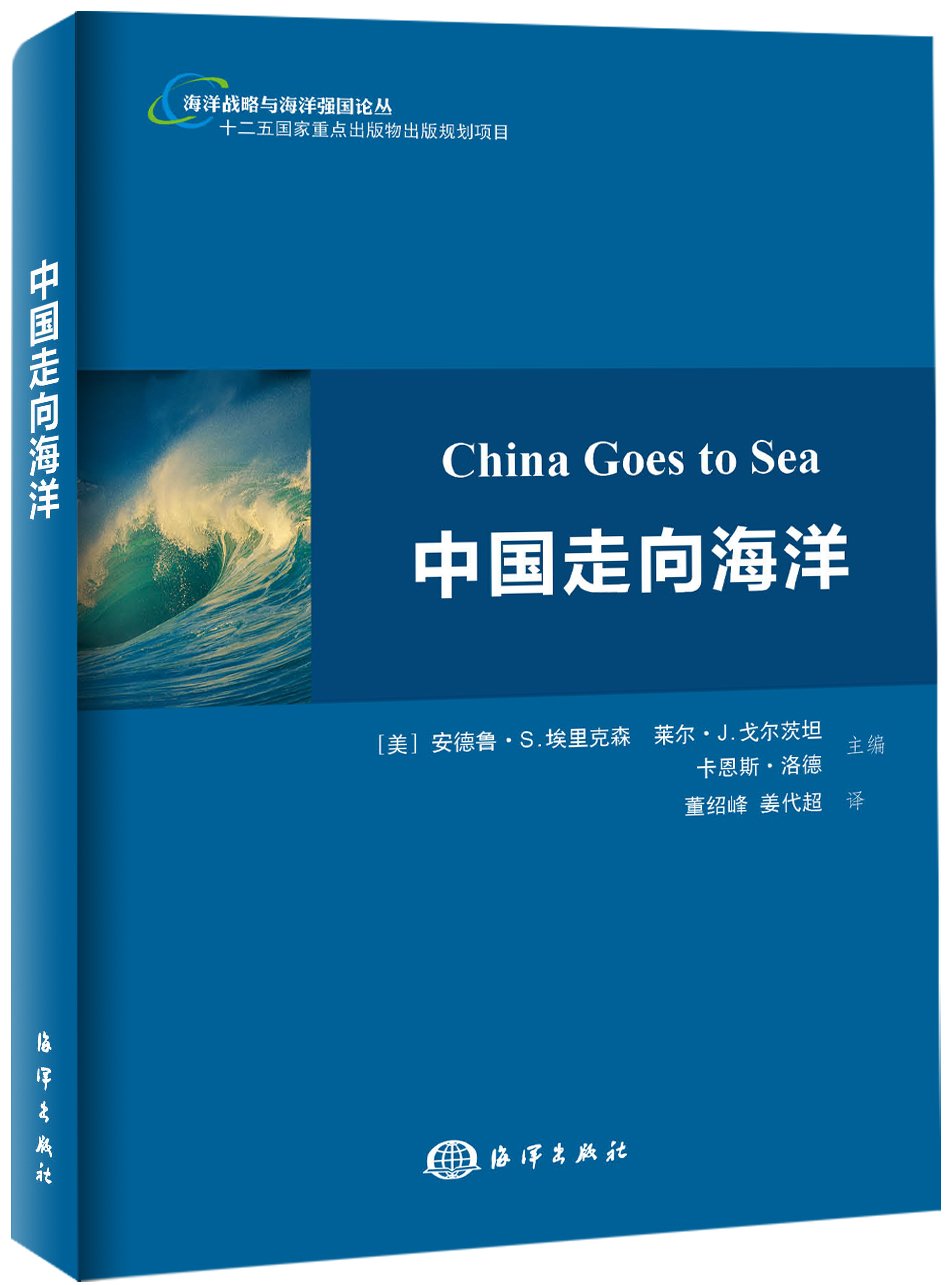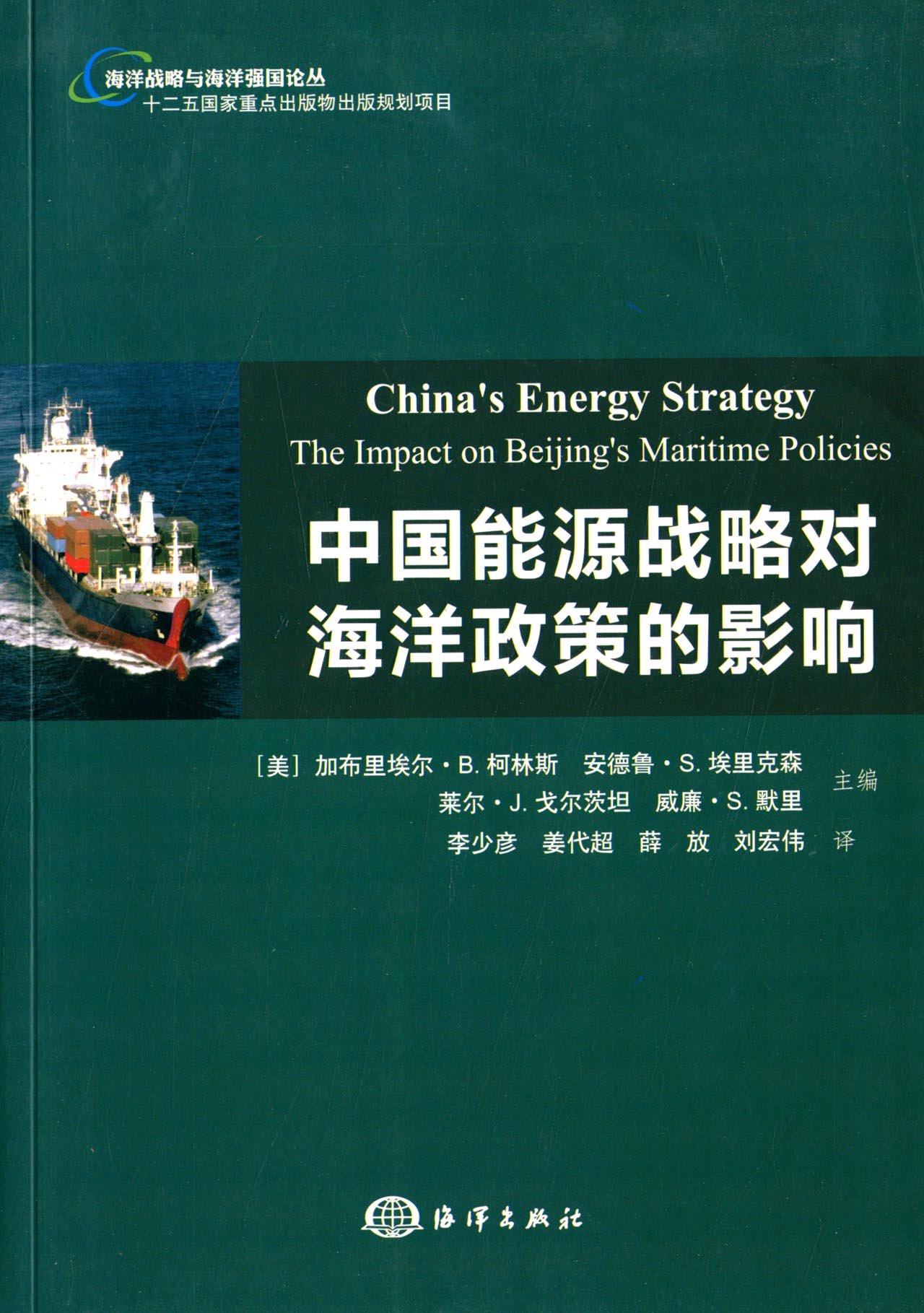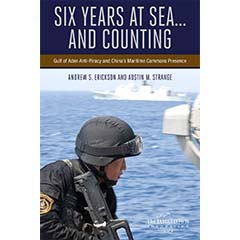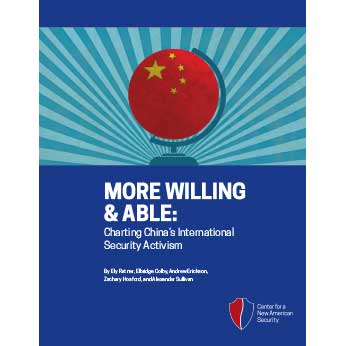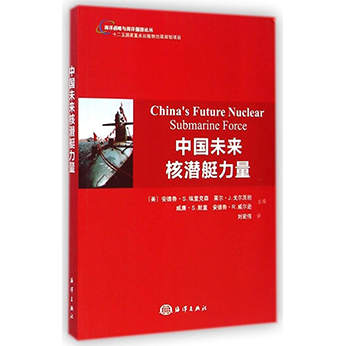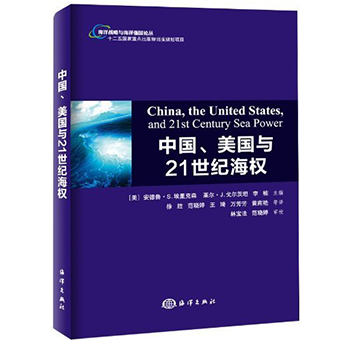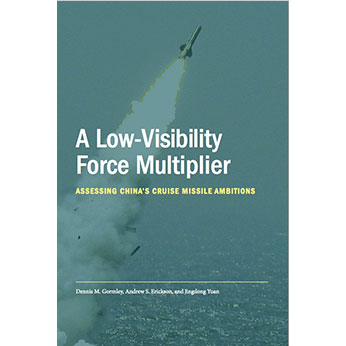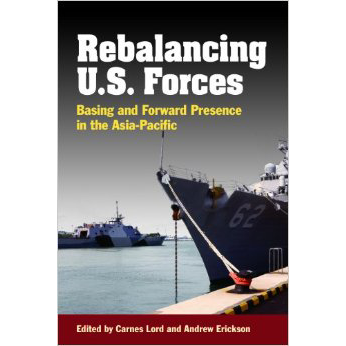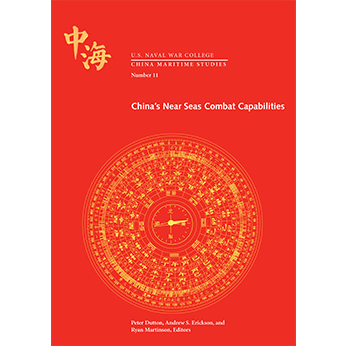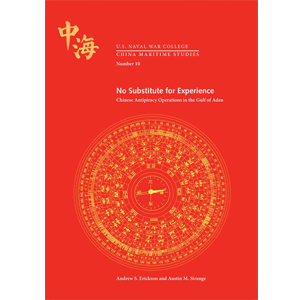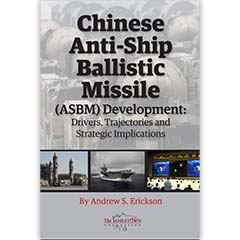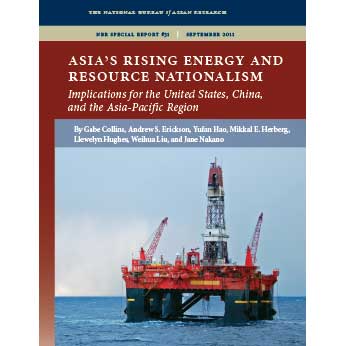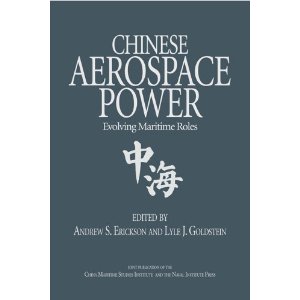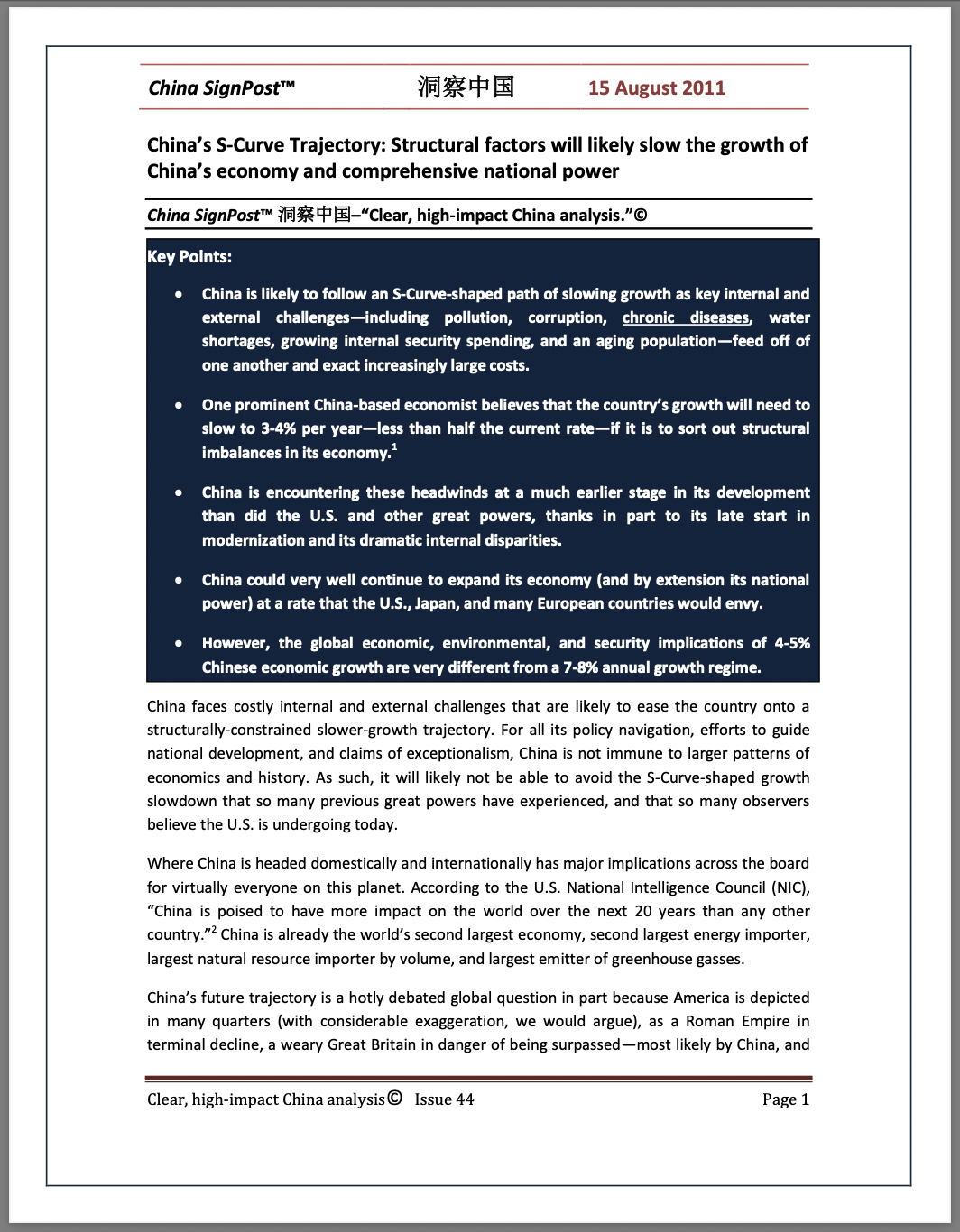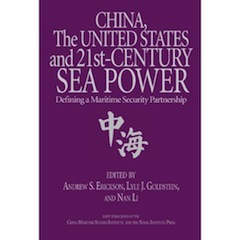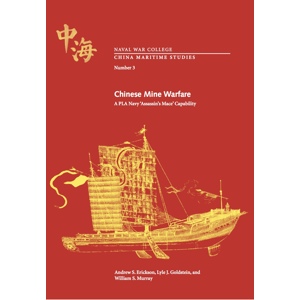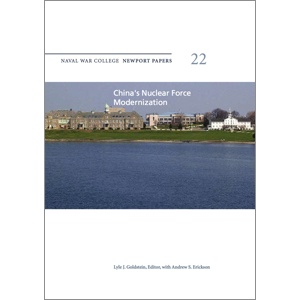Missing in the Gray Zone? China’s Maritime Militia Forces Around Taiwan
Ryan D. Martinson, “Missing in the Gray Zone? China’s Maritime Militia Forces Around Taiwan,” The Diplomat, 24 December 2024.
While maritime militia forces are not playing a major role in China’s multi-pronged pressure campaign against Taiwan, they are not completely absent from the battlespace.
From CMSI Director CAPT Christopher H. Sharman, USN (Ret.):
China Military Maritime Watchers: What is the role of China’s Maritime Militia (PAFMM) around Taiwan?
China’s Navy and Coast Guard may be getting much of the attention in recent PLA exercises – but elements of the PAFMM have been there too.
The PAFMM may not be as visible in their operations around Taiwan as they are in the South China Sea – but certainly could be a an powerful tool China could leverage as a part of its All Domain Pressure Campaign directed against Taiwan.
The China Maritime Studies Institute (CMSI)’s own Professor Ryan Martinson meticulously catalogs what the PAFMM has been up to in the Taiwan Strait and East China Sea in his article published today in The Diplomat.
His article lays out PAFMM organization in Fujian Province and identifies several PAFMM units and vessels. Critical insights only available from original China-language source material.
Professor Martinson concludes the PAFMM “are providing low-key support for China’s coast guard forces, specifically, through the conduct of drills designed to threaten Taiwan’s sovereignty and security in Taiwan-administered waters.”
A must read for China Military Maritime watchers!
SELECTED TEXT:
One of the novel features of Beijing’s recent all-domain pressure campaign against Taiwan has been the addition of coast guard forces to its coercive tool kit. In the past, when the People’s Republic of China (PRC) rattled its saber across the strait, it relied heavily on the various branches of the People’s Liberation Army (PLA), especially its navy, air force, and rocket forces. However, in August 2022 it expanded its repertoire by dispatching a 6,600-ton coast guard cutter to patrol the strait, one of several operational responses to then-U.S. House Speaker Nancy Pelosi’s visit to the island.
Since then, Beijing has repeatedly deployed coast guard cutters to waters around Taiwan and several of its outer islands, with the clear intent of undermining Taipei’s sovereignty and threatening its security.
Many observers, including Taiwan’s government, have categorized this new pattern of maritime coercion as “gray zone” (灰帶) actions. The term suggests similarities with PRC behavior in the South China Sea, where the gray zone concept is frequently evoked. But if China is indeed employing a gray zone approach against Taiwan, it appears to be doing so largely without its most infamous gray zone actor — the maritime militia.
To date, there has been little, if any, reporting of militia activities around Taiwan. This does not mean that they are not operating around the strait, just that they are not being incorporated into Beijing’s pressure campaign.
In the South China Sea, the maritime militia is a key instrument of Beijing’s policy to expand its influence and control over disputed maritime space. Often disguised as civilian fishing vessels, militia forces serve a range of functions, from showing the flag in PRC-claimed waters to physically blocking foreign mariners from using the sea. Due to their ambiguous identity and lack of visible armaments, their actions are less escalatory than those taken by other components of China’s armed forces — at least so Chinese leaders believe. The maritime militia often works closely with the China Coast Guard, the PRC’s other main gray zone force, two confederates in coercion, each applying its respective strengths to impose China’s will on its neighbors.
If the maritime militia is so central to the PRC’s strategy in the South China Sea, how can we explain its apparent absence in waters around Taiwan? Why is Beijing relying entirely on coast guard forces in the cross-strait variant of its gray zone approach? Does it simply lack capable militia forces like those provided by the South China Sea provinces of Guangdong, Guangxi, and Hainan? Or can larger strategic and operational considerations explain the difference? … … …
What Comes Next
In conclusion, while maritime militia forces are not playing a major role in China’s multi-pronged pressure campaign against Taiwan, they are not completely absent from the battlespace. They are providing low-key support for China’s coast guard forces, specifically, through the conduct of drills designed to threaten Taiwan’s sovereignty and security in Taiwan-administered waters. This role makes sense, given the particular circumstances of the theater (small, close to China) and Beijing’s policy aims, i.e., to amplify Taiwan’s threat perceptions, neither of which calls for heavy maritime militia involvement.
However, just because the maritime militia has not been well-leveraged to date does not mean it will not be in the future. Fujian maritime militia units could be directed to fulfill other roles if Beijing chooses to further escalate cross-strait tensions. For instance, China could decide to enforce at least a partial closure of Taiwanese shipping traffic and raise the threat of blockade. In that case, it could mobilize maritime militia units to ensure adequate forces for such a labor-intensive operation. Beijing might also turn to the Fujian maritime militia if it needed to create a pretext for escalation. It could, for instance, order a maritime militia vessel to operate in a location or in a manner that would demand a forceful response from Taiwan. That response could then give Beijing a casus belli, justifying a decision to carry out kinetic strikes against Taiwanese ships, aircraft, and targets ashore, perhaps as a preliminary to a major attack.
In sum, China’s decisions about when and how to use the maritime militia against Taiwan will be predicated on strategic and operational requirements, which could evolve over time. What is certain is that unit availability will not be a limiting factor. In Fujian, the forces exist, and only await orders.



